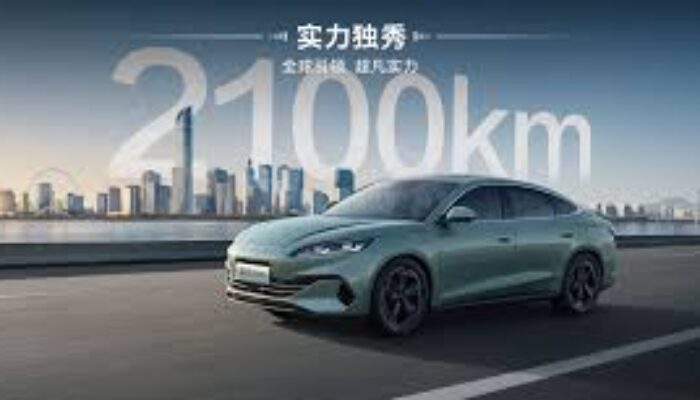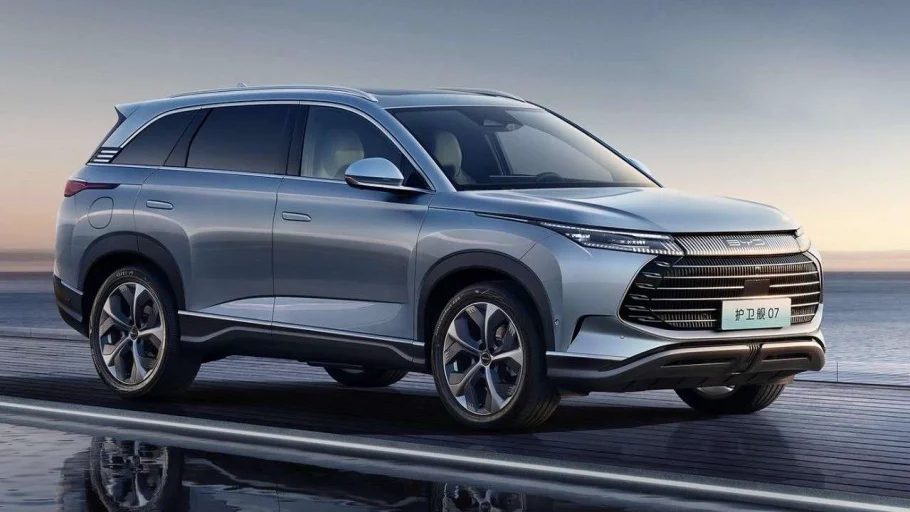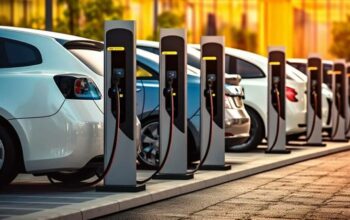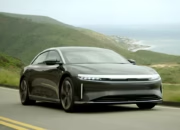Uzone.id – A surge in hybrid car sales, as electric vehicle adoption slows, is expected to provide an unexpected boost to demand for platinum group metals (PGMs) in the coming years, similar to coal’s expected extended lifespan.
PGMs – especially platinum and palladium – face a long-term structural decline in demand because their primary use is cleaning car exhausts, a process that is not required in pure electric vehicles.
A few years ago, the outlook for PGMs, and producers such as Anglo Platinum, Impala Platinum, and Sibanye Calm Water, looks gloomy as electric vehicle sales soar, and the drop in demand is expected to be huge.
But slowing growth in electric vehicle sales, and a surge in demand for hybrid cars that require catalytic converters to curb pollution, have provided new opportunities for PGMs to lower prices and keep some mines open longer.
“You still face an immediate decline in demand, but the decline will not be immediate, as predicted in some (previous) scenarios,” said Marcus Garvey, head of commodity strategy at Macquarie Bank in Singapore, quoted from Mining.com.
The increase in global pure electric vehicle sales in the first half of 2024 slowed to 11% year-on-year, while plug-in hybrid (PHEV) sales jumped 44%, according to consultancy Rho Motion. For electric vehicles, that figure is a big drop from two years ago when sales skyrocketed 77%.
Garvey said the situation for PGMs was similar to coal, which is now starting to be phased out as governments try to reduce carbon emissions. However, this will still be necessary for many years until more renewable energy is rolled out.
Weak PGM prices currently limit investment in production and if miners decide to close operations due to low profitability, prices could become volatile.
“The scope for the market to be tighter than currently expected seems very, very high if we start to see the response from producers,” Garvey said.

Hybrid Strength
The rise of hybrids could last until 2030 or beyond, extending the period when PGMs are needed, analysts say.
“The switch to hybridization could mean a lot for the long-term sustainability of the PGM industry,” said Wilma Swarts, director of PGMs at consultancy Metals Focus.
Weak electric vehicle sales meant combined sales of petrol and hybrid cars, which were expected to be flat last year, rose by 9%, according to catalyst maker and PGM specialist Johnson Matthey.
“This alone added 600,000 ounces to our estimated automotive PGM demand,” he said in a report, adding that total automotive PGM demand rose 8% last year to 13.1 million ounces, the second-highest amount ever.
Surge In Plug-in Hybrid
The biggest growth area was PHEVs in China, which saw sales jump 70% in the first half. Consultancy Alix Partners more than doubled its forecast for the global share of PHEVs to 12% by 2030 from 5% two years ago.
“We’ve raised it quite significantly because of developments in the last few years,” says Alix’s Gerrit Reepmeyer.
A survey conducted by Alix this year showed that in the world’s two largest car markets, the United States and China, more than 80% of consumers who are likely to buy electric vehicles prefer PHEVs to pure electric cars.
This could increase demand for PGMs as about 10-15% more platinum metal is needed in PHEVs compared to petrol vehicles due to higher engine pollution when the engine is started cold, Swarts said. The gasoline engine in a hybrid, especially a PHEV, is rarely used and often starts cold.
Resource Shifting
Analysts say the trend toward hybrid vehicles is expected to continue until electric vehicles can compete on price with gasoline cars worldwide, batteries offer longer ranges, and more charging stations are launched.
Many automakers are happy to shift resources to hybrid vehicles, which have higher margins than electric vehicles.
Last week, the world’s largest car manufacturer Toyota reportedly slashed its electric vehicle production plan in 2026 is a third, while Volvo Cars from Sweden The target is to switch to electricity by 2030.
Toyota and Stellantis all have refined their hybrid plans in recent months.
“Automakers are trying to find the sweet spot in terms of profitability, consumer acceptance, and regulatory compliance,” Swarts said.
US New Automatic Emissions The regulations also strengthen the prospects for hybrid vehicles by allowing automakers to comply with electric vehicle mandates by producing more gas-electric hybrids.
The United States and Canada saw the largest increase in sales of conventional hybrid vehicles, up 33% in the first half of 2024. Every additional million cars requiring a catalyst will add about 150,000 ounces to PGM demand, Swarts said.
In China, where the price of electric vehicles is almost the same as petrol cars, many consumers are opting for long-range plug-in hybrid vehicles. In such vehicles, the petrol engine is only used to charge the battery, thus providing a longer driving range.
No Help For Nickel and Cobalt
The switch to hybrid vehicles is expected to reduce demand for key battery materials such as cobalt and nickel, as hybrid batteries are smaller than electric vehicle batteries.
The weighted average battery size for PHEVs in the first half of this year was 23.3 kilowatt-hours (kWh), versus 64.5 kWh for pure battery electric vehicles (BEVs), according to consultancy CRU.
“The shift towards PHEVs and the rollback of BEV targets will likely hurt battery materials demand growth over the next few years,” said Sam Adham, head of battery materials at CRU.
















